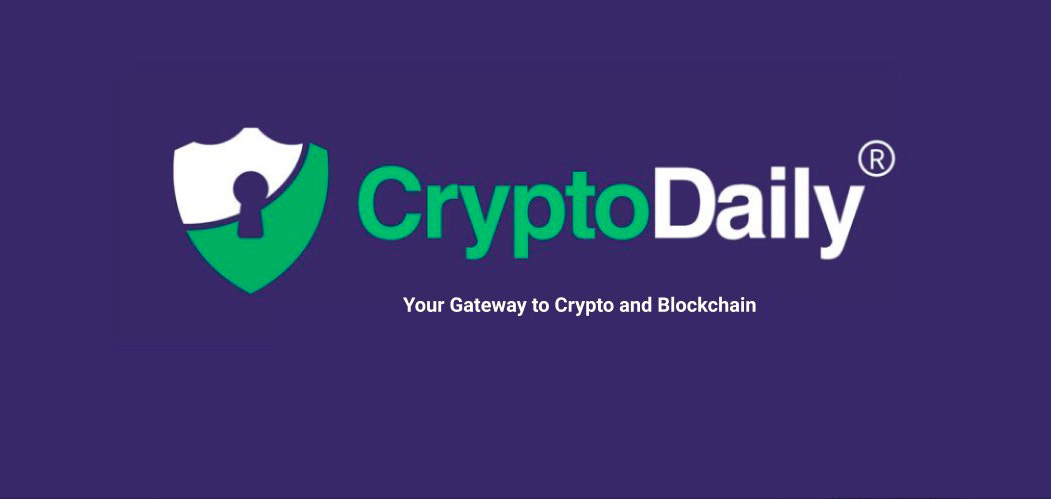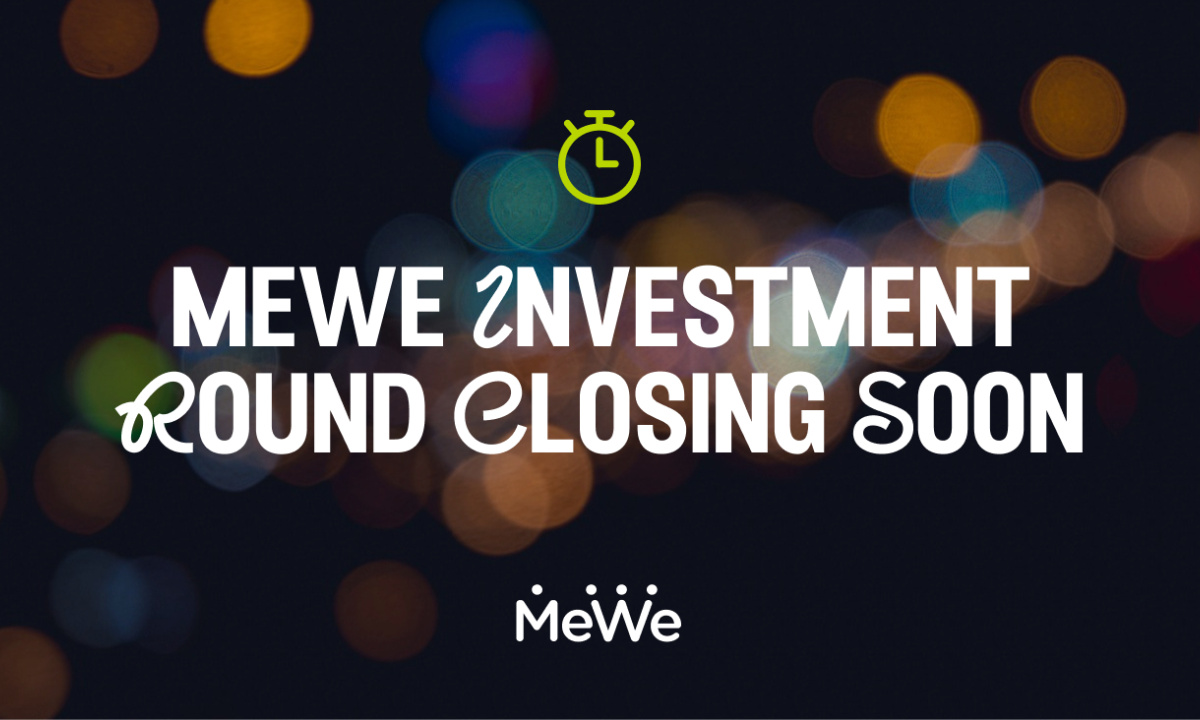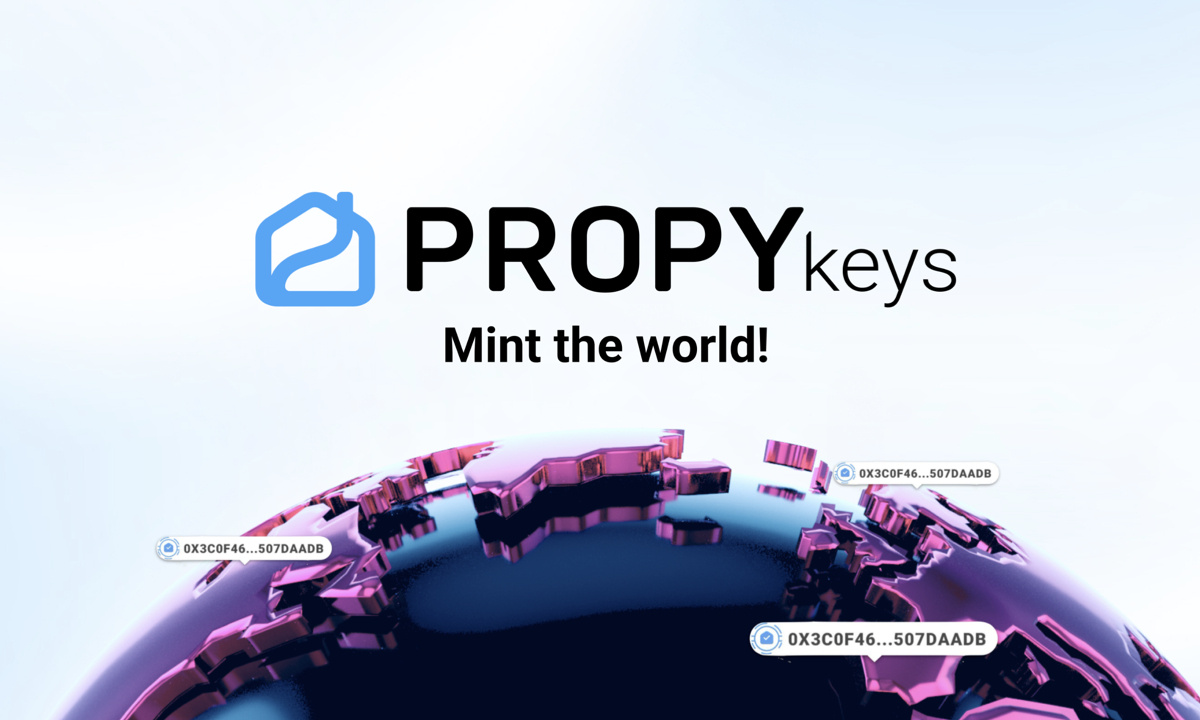Published
6 years ago on
December 08, 2017
Hot Topics
How To Avoid An ICO Scam
The cryptocurrency market is slowly picking up again after a pretty poor performance this year, and is having a positive effect on all crypto coins.

Altcoins
April 25, 2024
Student Clears $50,000 in Debts Using Dogwifhat (WIF) Profits, Expands Portfolio and Buys PawFury (PAW) and Dogecoin (DOGE)

Altcoins
April 25, 2024
Here's Why BONK and PEPE Outperformed Other Top Meme Coins This Week and Whales Are Buying Dogeverse

Altcoins
April 25, 2024





